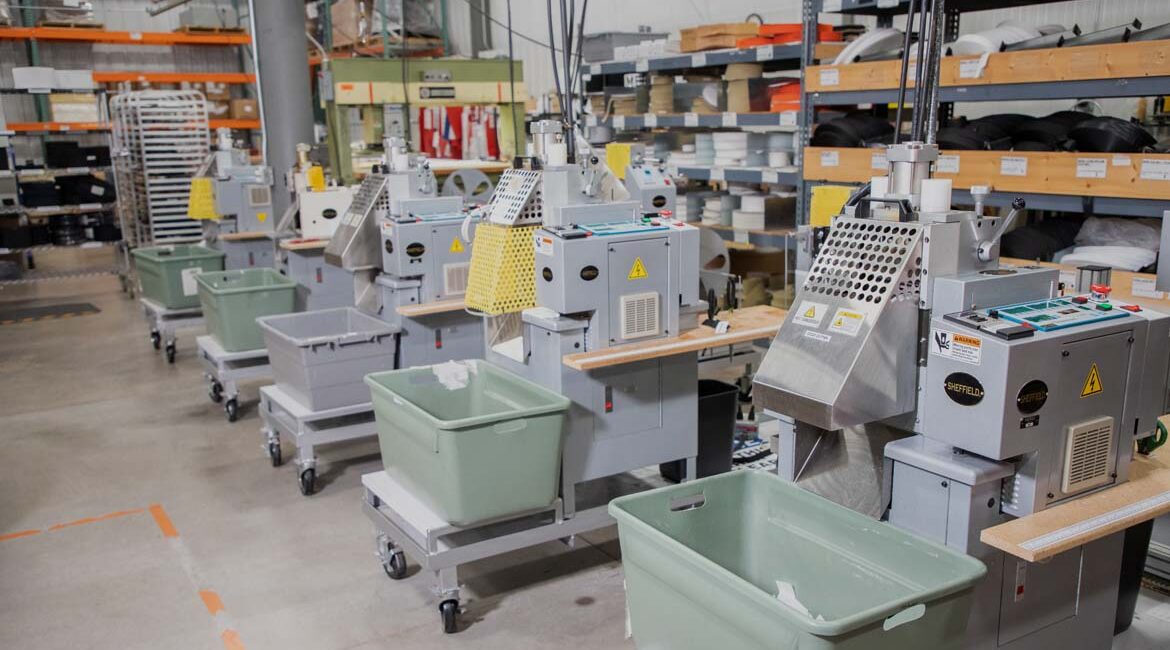Consumers and businesses alike are waking up to the importance of sustainability and the impact that businesses have on the environment. One 2017 study on corporate social responsibility found that 87% of consumers will purchase a product with environmental or social benefits if given the chance, and 88% of consumers will show greater loyalty to businesses that support social or environmental issues.
Businesses that work to establish sustainable policies are benefiting the environment and creating the opportunity to build a better relationship with their customers. With that in mind, it’s important to consider the positive environmental impacts of manufacturing your goods in the U.S.
Here are three reasons why manufacturing in the U.S. is better for the environment
1. Reduced Emissions
One of the biggest reasons that offshoring your manufacturing process is worse for the environment is the resulting global emissions. The further your order has to travel to get to you, the worse it is for the environment. The shipping industry alone accounts for nearly 3% of the world’s total annual emissions. In this way, offshoring your manufacturing does greater damage to the environment.
When you keep your manufacturing process in the U.S., you reduce the distance your order must travel to reach you and your customers. If you can avoid global shipping altogether, you can significantly reduce your supply chain’s carbon emissions
2. Regulatory Compliance
U.S. governmental regulations like the Clean Air Act are put in place to keep local populations and ecosystems cleaner and safer. These regulations can also play a major role in reducing emissions. When you outsource your manufacturing to another country with fewer regulations, it may result in a greater negative impact on the local and global environment.
And if the U.S. continues to focus on reducing fossil fuel dependency, the environmental impact of U.S. businesses should continue to decline. Foreign nations may or may not be as committed to reducing their greenhouse emissions.
3. Lean Manufacturing
Manufacturing in the U.S. allows businesses to engage in leaner and more agile business processes. A highly skilled workforce with local manufacturing may be greater positioned to quickly respond to customer needs.
For example, local manufacturers can quickly respond to customer requests including alterations and engineering or product changes. Overseas manufacturers may be less equipped to deal with such requests, especially with hindrances like time zone issues, language barriers and physical distance from your business. Such requests from overseas businesses may result in greater waste and resource usage.
In Closing
Manufacturing in the U.S. allows businesses to achieve greater sustainability that keeps them economically viable and more appealing to American consumers. While achieving better environmental outcomes isn’t easy, it’s a worthwhile goal for moral, logical and business reasons. Keeping your manufacturing local can help you reach your sustainability objectives.
Sources
https://www.epa.gov/laws-regulations/summary-clean-air-act
https://www.msci.org/offshoring-the-environment/
https://www.vox.com/recode/22973218/container-shipping-industry-climate-change-emissions-maersk

